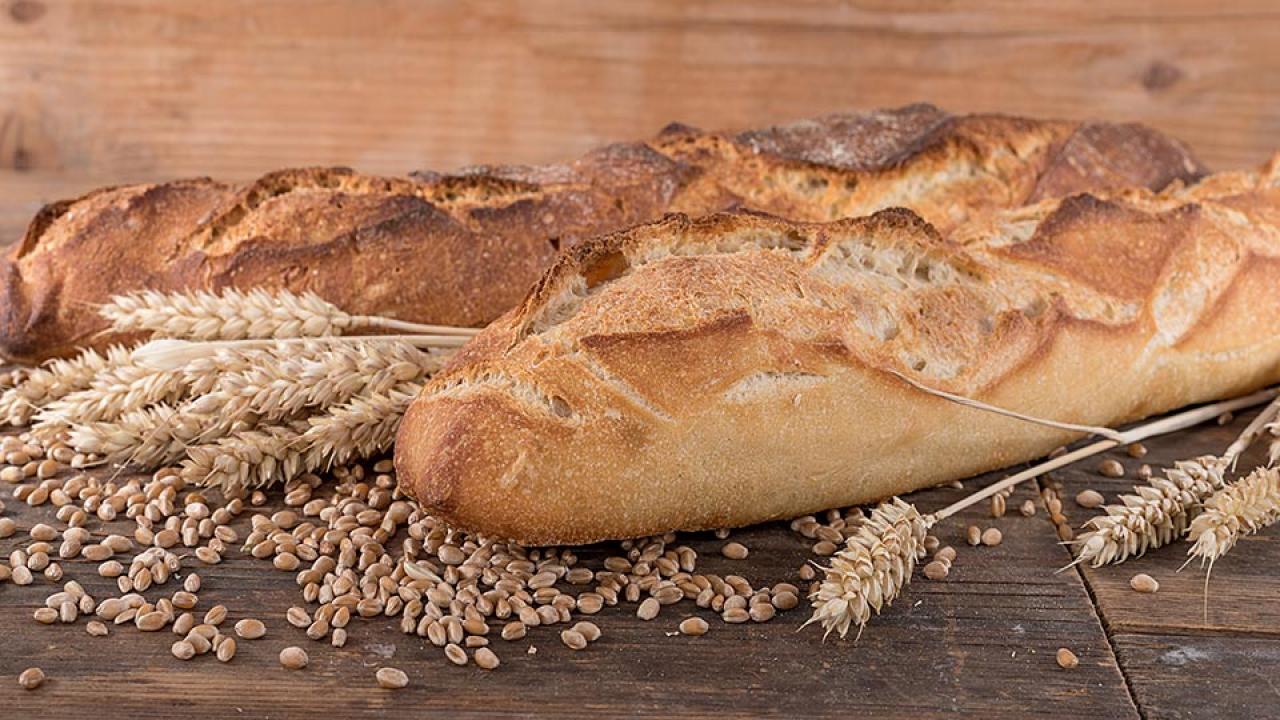Quick Summary
- Wheat could be fortified during milling with iron and folic acid
- Fortification projected to prevent neural tube defects and anemia
- $5 million cost over 12 years could produce $120 million in benefits
Haiti could dramatically and efficiently improve the health of its women and children by fortifying the country’s wheat flour, a UC Davis team recommended in a report to an international review commission that is prioritizing needs and solutions for the tiny Caribbean nation.
By adding iron and folic acid to 95 percent of the wheat flour during the milling process, Haiti could each year prevent 140 infant deaths caused by neural-tube defects and more than 250,000 cases of anemia among women and children, the UC Davis researchers projected. Wheat fortification would cost about $5 million over a 12-year intervention period, but would generate $120 million in benefits, they calculated.
Wheat fortification was judged the most cost efficient of 85 submissions and ranked No. 2 in the international Haiti Priorise, an evaluation of potential development solutions for Haiti. The fortification plan followed only behind a plan to totally revamp Haiti’s electrical utility system.
“To my surprise, our proposals turned out to be some of the most cost-efficient recommendations,” said economist Stephen Vosti, who studies the economics of nutritional interventions in developing countries and led the UC Davis team along with nutritionist Reina Engle-Stone. “It was totally amazing to us and to the evaluation panel.”
The researchers hope their recommendations will help address some of the dismal conditions in Haiti, which has been hampered by ineffective development policies and buffeted by devastating hurricanes that have hindered recovery from an even more deadly 2010 earthquake.
The challenge
Vosti and colleagues submitted five potential solutions for key nutrition problems to the 2017 Haiti Priorise, held in May in the capital city of Port-au-Prince.
The UC Davis team worked with more than a dozen Haitian and other international collaborators, interviewing colleagues within the U.S. Agency for International Development and nongovernmental organizations that were already at work in Haiti. They also reviewed relevant literature and crunched the numbers to see which interventions would provide the highest return per dollar invested.
In addition to the wheat-fortification proposal, the UC Davis team advised the Haiti Priorise evaluation panel that Haiti should also evaluate four other potential interventions:
- Providing calcium and micronutrients to pregnant women;
- Providing micronutrient powder to children age 6 months to 2 years;
- Providing children with small supplement packets known as ready-to-use therapeutic foods made from locally grown crops; and
- Providing children with ready-to-use therapeutic foods made with a standardized formula.
Why wheat fortification?
Fortification helps to addresses situations in which children receive adequate calories but have diets that are low in micronutrients, critical for physical growth and intellectual development.
“Fortification of foods, in general, tends to be cost effective because it involves adding micronutrients to the foods people are already eating; it doesn’t require changing peoples’ behavior,” said Engle-Stone, whose research focuses on global public-health nutrition, with an emphasis on micronutrient nutrition among low-income women and young children.
It would be fairly easy to fortify wheat flour in Haiti, where wheat is centrally milled and the flour is widely consumed in loaves of French bread, a popular staple food there, the researchers said.
In the U.S., cereal flour has been fortified since the 1940s. In addition, Vitamin D is added to milk; cereals and pastas are enriched with iron and folic acid; and salt is fortified with iodine.
What others are saying
“Wheat flour fortification is a very cheap intervention, involving cooperation between the government and Haitian industry to ensure that micronutrients are added at the mill,” said economist Philomé Magloire, former governor of the Haitian Central Bank and a member of the Haiti Priorise review panel. “I find that there is a compelling case that fortifying a staple food product could make a significant difference to an important nutritional problem.”
Another Haiti Priorise review panel member, Ketleen Florestal, advisor to the executive director of the World Bank, said wheat fortification would have “transformative potential.”
“If carried out correctly in the Haitian context, this could improve the diets and health of many people and remove a significant disadvantage from a significant portion of the population,” she said.
Haiti Priorise was coordinated by the Copenhagen Consensus, a nonprofit think tank of economists established in Denmark and now headquartered in the United States.
Media Resources
Stephen Vosti, UC Davis Agricultural and Resource Economics, 530-754-6731, savosti@ucdavis.edu
Reina Engle-Stone, UC Davis Nutrition, 530-752-3827, renglestone@ucdavis.edu
Pat Bailey, UC Davis News and Media Relations, 530-219-9640, pjbailey@ucdavis.edu
